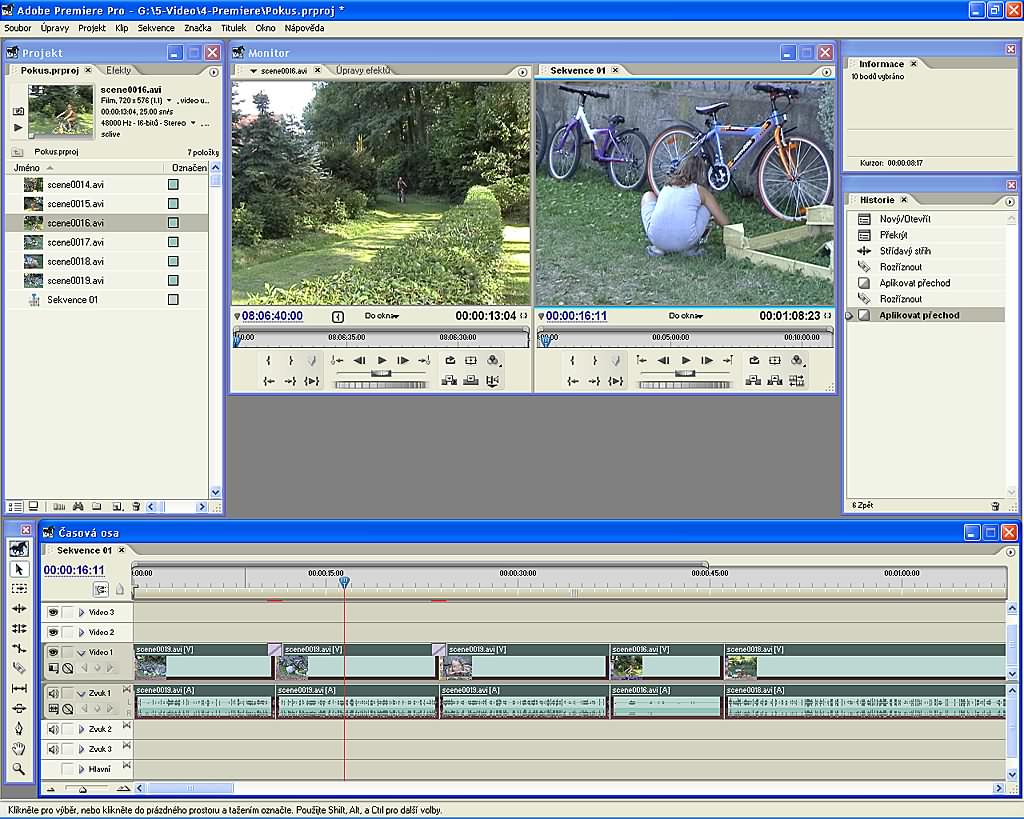
You will find the detailed info on this in the content below.
#Adobe premiere pro cs4 pro#
If you are planning to import and edit media files in Adobe Premiere Pro either on a Windows PC or a Mac computer, it’s important to know what Adobe Premiere Pro supported file formats are. This post displays Adobe Premiere Pro CS4/CS5/CS6/CC supported file formats in detail, including video and animation file formats, audio file formats, still-image and still-image sequence file formats, video projects file formats and native camera formats.

Worth a try if your new found si=olution gets you out of a jam but you aren't yet trully happy.This entry was posted in AVCHD and Premiere Pro workflow Convert MXF to Premiere Pro CS6 Edit H.264 MOV in Premiere Pro Video file conversion XAVC S and Premiere Pro workflow on by Richard A royal pain at the time.Īnyway enough rambling. If I took the ouput stretched it to 534 and re-inserted it, you could not distinguish the video from the still. It turned out that sure enough, it would export the picture as a crisp 720x480 image, and because of the pixel aspect ratio of standard DV being 0.9091, it needed 720x534 for stills being imported. If you took a frame of video and exported it as a still, then reimported it, the result would be blurry.
#Adobe premiere pro cs4 software#
Another video software suite I used to use would also exibit Pixel Aspect Ratio problems. Like you I am self taught and for myself, not good at absorbing the info in the manuals. This experience is why I suggest using Widescreen aspect ratio for the photos. So CS4 was happy to rescale the video differently to the stills. In Encore I requested SD output (720x480) and the result was undistorted. 2 times 1920x1080), resized the result 50% to 1920x1080 and then imported them. To add photos, I cropped my hi res photos to 3840x2160 ( i.e. I had HDV video, which comes in at 1440x1080. If you want to try another experiment, either crop or convert your photos before importing them to CS4 so that they are 854x480 and then just produce your video the way that you were doing when your troubles started. keeping the same number of pixels and just stretching them to the new size). Your posted photos look stretched and if you are happy with the video, then I suggest that CS4 is converting the video to Widescreen without distortion and stretching your photos to Widescreen without converting them (i.e. Widescreen SD implies that you are aiming to get the output to SD in a 16:9 format, 854x480

MiniDV tapes implies that your video is in SD format, 720x480 (which is sort of implied in your Export settings). Hope that there is something in the answers, that will point someone in the right direction.įrom your last post, it sounds like you have a solution with the different output selection, but if you are still curious, I'm confused by your quoted settings. PrPro (on my PC) works with these images nicely. The MOV has proved to be a good combo format/CODEC, especially if the artist is on a Mac. Most is Exported from 3D animation programs. I use a lot of animated material that comes to me as MOV, and this material is excellent in a DVD-Video. When you resized your still images, did they start out as JPEG, or did you have maybe the camera RAW files to work from? Did you resize the images and then Save_As JPEG once more? You've resized your images to match more closely your Project's Preset Frame Size, and Optimize Stills is OFF.

If you are viewing in the Program Monitor in PrPro, have you Rendered your Timeline? What is the Program Monitor set to for Magnification and Quality? I recommend using 100% and Highest (though some get better results with Automatic, but not that many). Where/how are you determining the image degradation? Is this via a DVD-Video, played on a CRT TV, or are you using a DVD software player and looking on your computer's higher-rez monitor? Other?


 0 kommentar(er)
0 kommentar(er)
